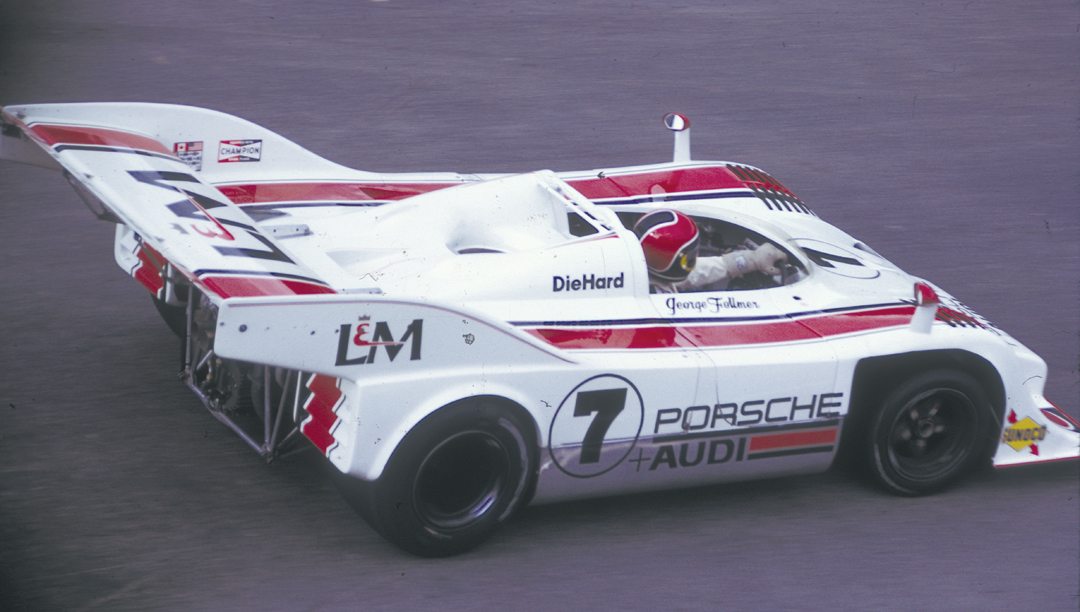In the days before data logging transformed our sport into a science, the judge of all things was the simple stopwatch. This meant that the men in the cockpits could still make a difference in the performance of their cars, and George Follmer was one of those men. The Phoenix-born son of a milling engineer, Follmer was an all-arounder cut from the same cloth as contemporaries named Gurney, Donohue, Andretti, Foyt, and Jones. He was able to win in almost anything he drove, cars that included some of the most ferocious and savage machinery ever created. He may have started in small-displacement sports cars—gaining his initial national notice by beating the mighty Chaparrals to the USRRC title with a 2-liter Lotus-Porsche—but it seems his fame was destined to be forged in the big-banger machinery that dominated American racing during one of its truly golden eras. There was a softer, more human, side to those efforts, though, as his cars were more often than not numbered 16 in honor of his first-born son’s birthday. He won in Can-Am and Trans-Am, IMSA and Indycars, and his pair of Formula 5000 victories with a Ford-powered Lotus are the only ones in the history of that series credited to the blue oval. He tackled Formula One and NASCAR, Sebring and Le Mans, and in 1972 registered a feat never duplicated before or since, winning two major professional titles—Can-Am and Trans-Am—in the same season. Four years later he would reign again as Trans-Am champion, and the cumulative effect of those various successes earned him a 1999 induction into the Motorsports Hall of Fame in Novi, Michigan. VR Associate Editor John Zimmermann recently spoke with Follmer about the accomplishments of his career.
What first attracted you to racing and how did you initially become involved?
No Subscription? You’re missing out
Get immediate ad-free access to all our premium content.
Get Started



